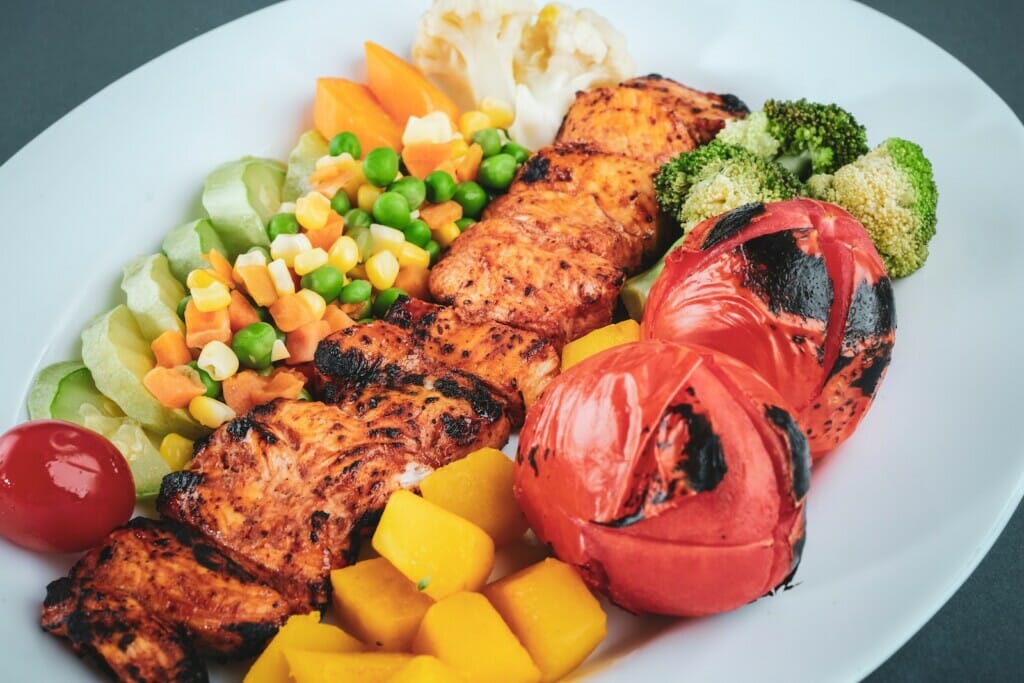One Diet Appeared Tops For Short-Term Seizure Control In Pediatric Epilepsy
In children with drug-resistant epilepsy, the modified Atkins and ketogenic diets were more effective than usual care in achieving large short-term reductions in seizures and short-term seizure freedom, a systematic review and network meta-analysis found.
One Diet Appeared Tops For Short-Term Seizure Control In Pediatric Epilepsy
Across 12 randomized trials, all three dietary interventions evaluated — ketogenic, modified Atkins, low glycemic index therapy (LGIT) — showed a short-term benefit (3 months or less) in seizure reductions of at least 50% compared with usual care, reported Dipika Bansal, DM, of the National Institute of Pharmaceutical Education and Research in Punjab, India, and colleagues.
One Diet Appeared Tops For Short-Term Seizure Control In Pediatric Epilepsy
But as described in JAMA Pediatrics, only the modified Atkins and ketogenic diets were effective for short-term seizure reductions of 90% or more compared with usual care (OR 5.1, 95% CI 2.2-12.0, and OR 6.5, 95% CI 2.3-18.0, respectively) and for achieving short-term freedom from seizures (OR 4.4, 95% CI 1.3-14.5, and OR 5.0, 95% CI 1.3-19.5).
One Diet Appeared Tops For Short-Term Seizure Control In Pediatric Epilepsy
These may be more meaningful outcomes for children with a very high burden of daily seizures, such as those with drug-resistant epilepsy, according to the researchers.
One Diet Appeared Tops For Short-Term Seizure Control In Pediatric Epilepsy
While direct comparisons showed no significant differences, they concluded that with its better tolerability, the modified Atkins diet “may be a sounder option than ketogenic diet.”
One Diet Appeared Tops For Short-Term Seizure Control In Pediatric Epilepsy
Across dietary interventions, pooled results showed that 36% of children achieved short-term seizure reductions of 50% or more, 17% had reductions of 90% or more, and 10% achieved short-term seizure freedom. Data on intermediate outcomes were more mixed and only one study examined long-term outcomes.
One Diet Appeared Tops For Short-Term Seizure Control In Pediatric Epilepsy
Modified Atkins and ketogenic diets were both associated with more adverse event-related discontinuations versus usual care (OR 6.5, 95% CI 1.4-31.2, and OR 8.6, 95% CI 1.8-40.6, respectively). Adverse events included constipation, lack of energy, and vomiting.
Participants also withdrew from the diets for reasons including “inefficacy, parental unhappiness, behavioral food refusal, dissatisfaction with randomization results, and food texture,” Bansal and…


